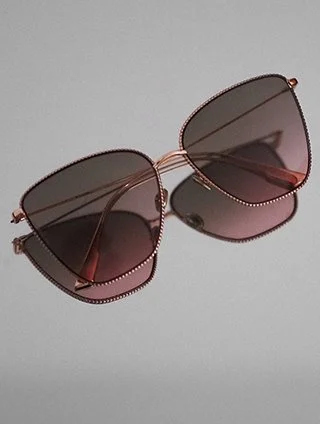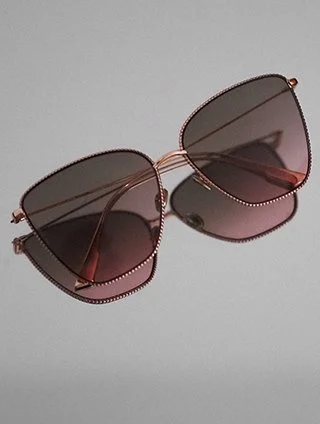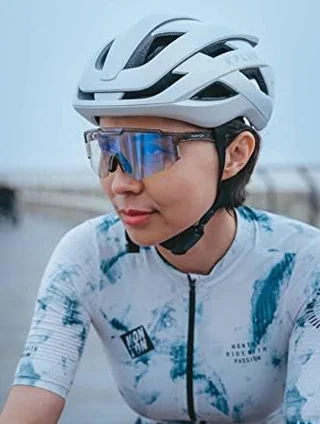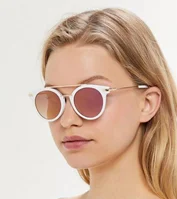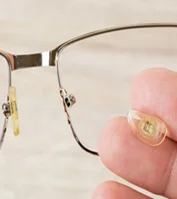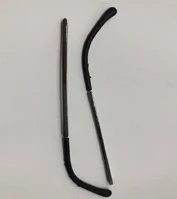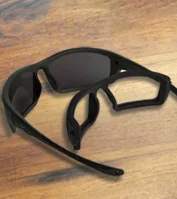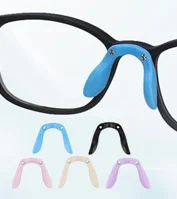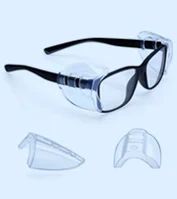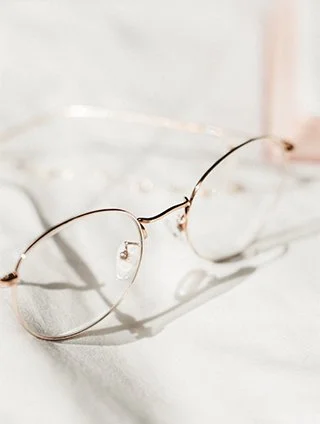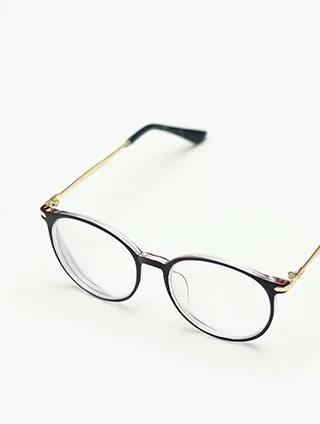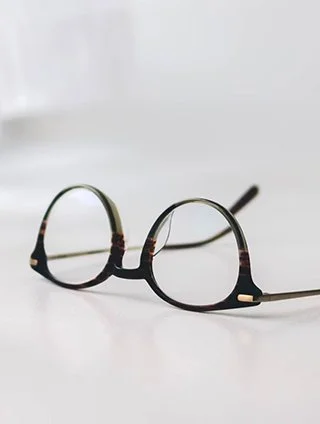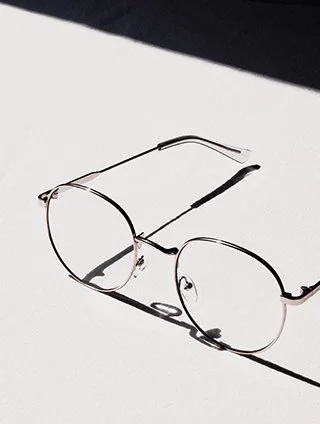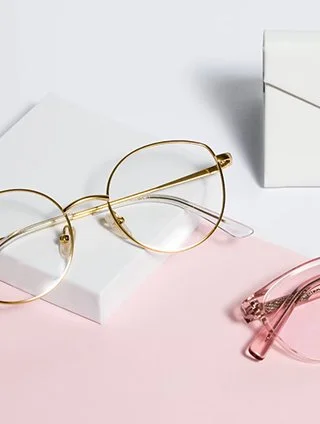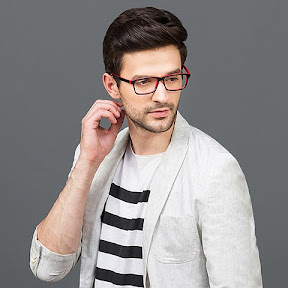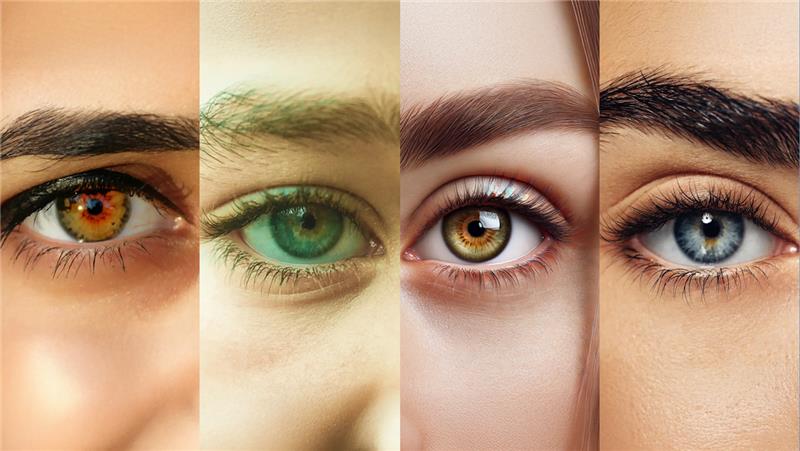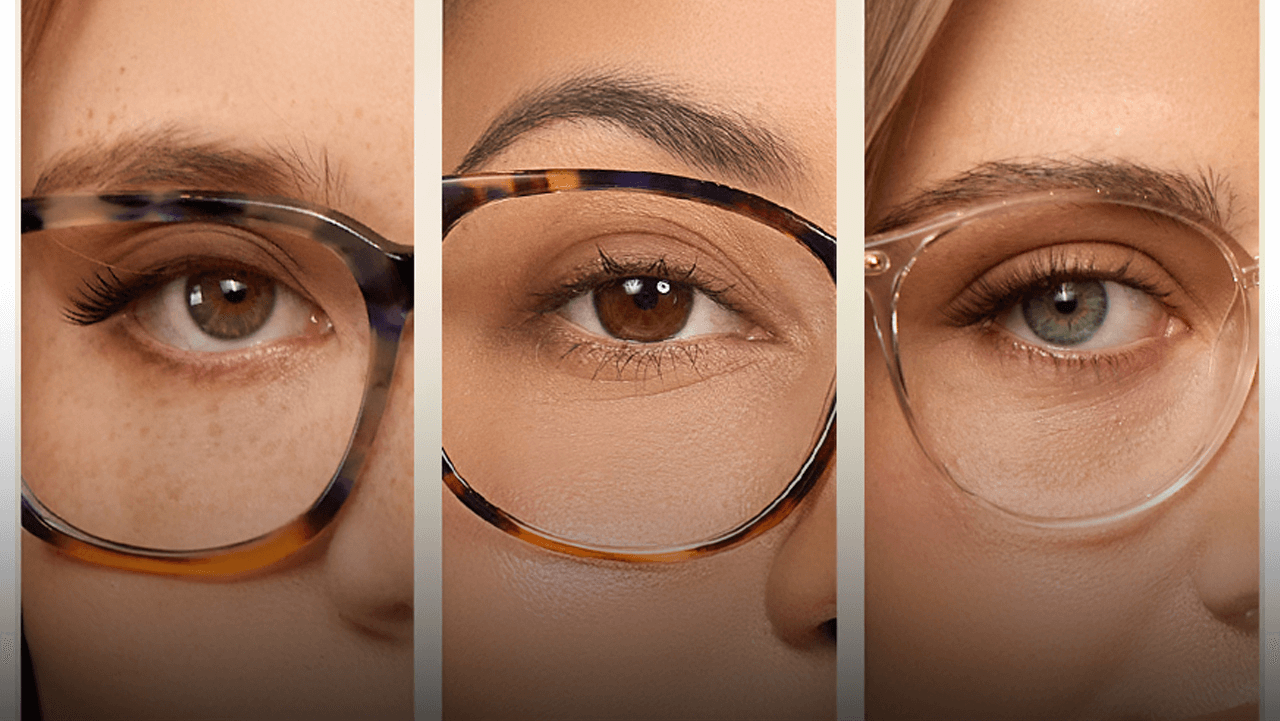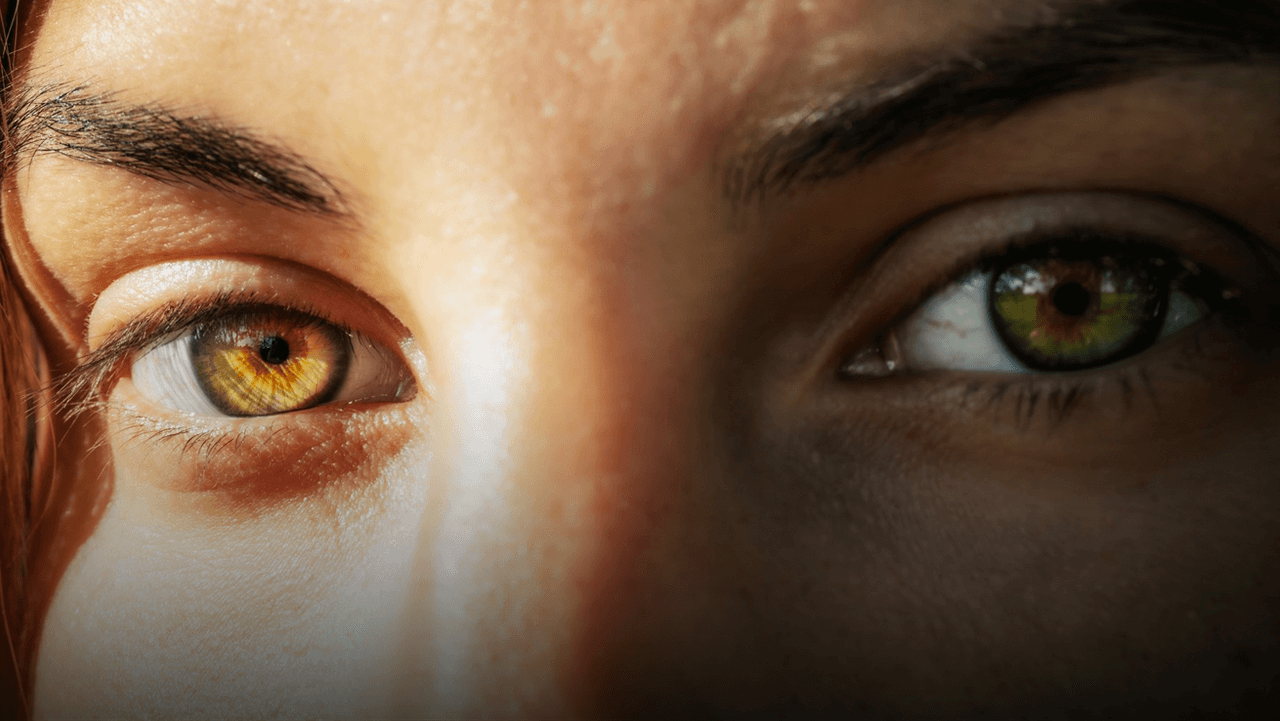Getting your favorite lens tint is now easier than ever. For many people, it’s something that’s both a fashion statement as well as a necessary function they need in their eyewear to see better. A variety of lens tints or colors exist to serve a certain set of environments where light conditions vary. For instance, if you’re someone who works the majority of their hours outside while wearing Rx safety glasses, wearing the same kind of tints as indoors won’t make much sense.
One of the primary reasons for getting a tint for indoor usage is the protection against blue light. If your eyes are exposed for a prolonged time to these rays, you may experience strain or dry eyes which can interfere with your daily productivity at work. However, there are always a few things you need to consider before getting tinted lenses for indoor purposes. Read on to know more.
Lens Tint for Eyes Sensitive to Light
If you’re buying colored lenses for your protective eyeglasses or safety goggles, chances are you may be doing this for a reason related to your health. However, it is always best to make thorough assessments of your health beforehand. For instance, if you suffer from light sensitivity, you could always choose a specialized lens that has an FL41 tint. It’s particularly suited for those with constant headaches & migraines that may happen during long, strenuous hours at work.
While being indoors, the most common thing you’d need protection against is The same FL41 lenses are good for blocking out blue light emitted by computer screens on which most of us spend our working hours. You could even go with your preferred lens tint as long as it lets you see better indoors. For instance, With Wiley X Safety Glasses, any lens tint that works indoors would be suitable as polycarbonate lenses included in the eyewear is a natural filter against blue light.
Lighter Shades Work
Getting dark grey lenses with low transmission levels would be unwise for eyewear to wear indoors. Just make sure the tint isn’t that dark which would interfere with the amount of light entering your lens. It’s just like you wouldn’t want to wear sunglasses inside the house. Light transmission levels of fifty percent or more are a good ballpark figure for your eyewear to offer a good viewing experience indoors.
Don’t Wear Polarized Glasses
Polarized lenses are primarily suited to protect against oncoming glare from sunlight whenever you step outdoors. However, indoors don’t require you to wear that at all. Wearing polarized lenses would make you almost blind when trying to read something from a manual or any other literature because they tend to amplify the overall darkness.
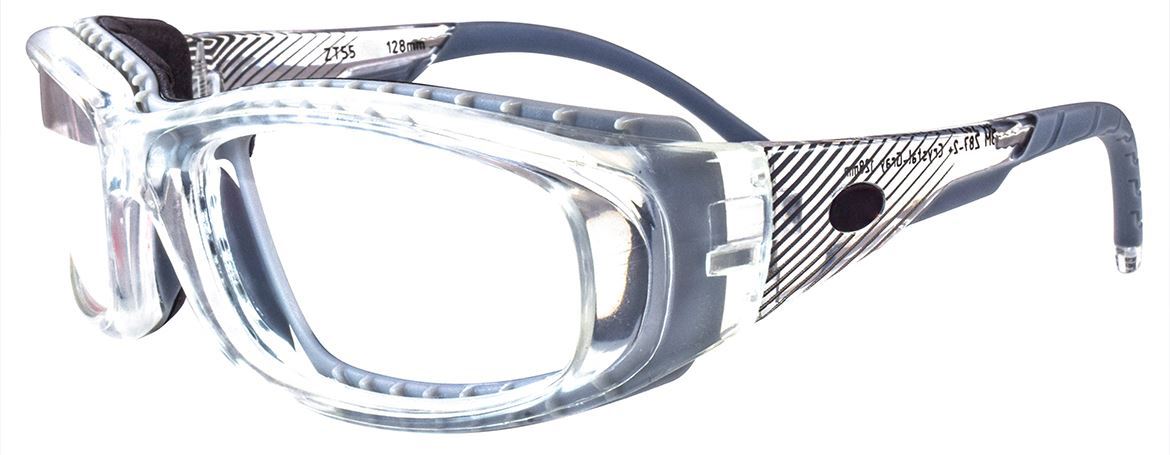
Anti-Reflective Coating Is Recommended
Besides offering excellent blockage of reflection on the lens surface, AR (Anti-reflective) coating also helps in allowing more light to be able to pass through lenses which lets your eyes work more easily thus causing less stress & eye strain throughout the day. One must always get an AR coating along with tinted lenses.




